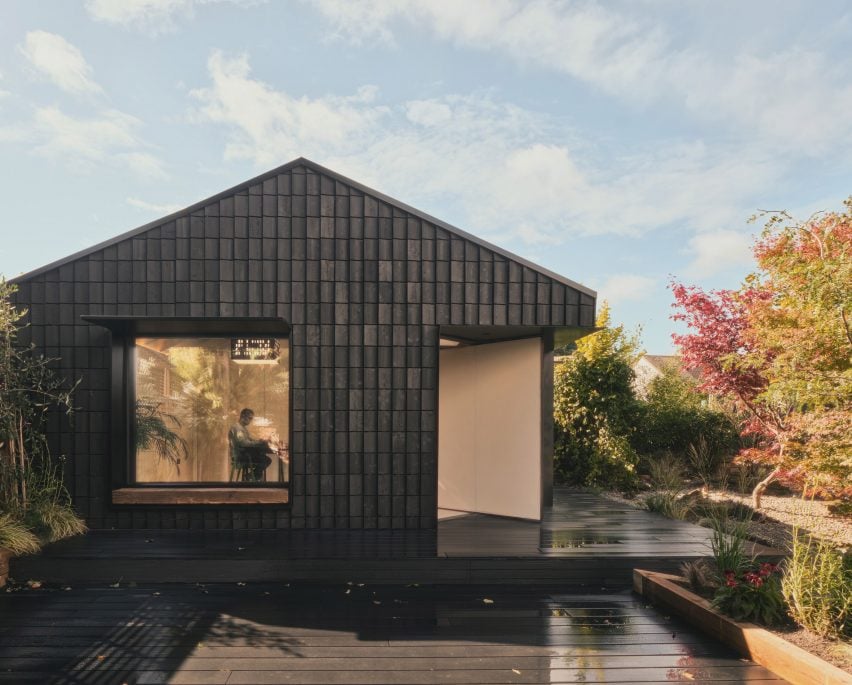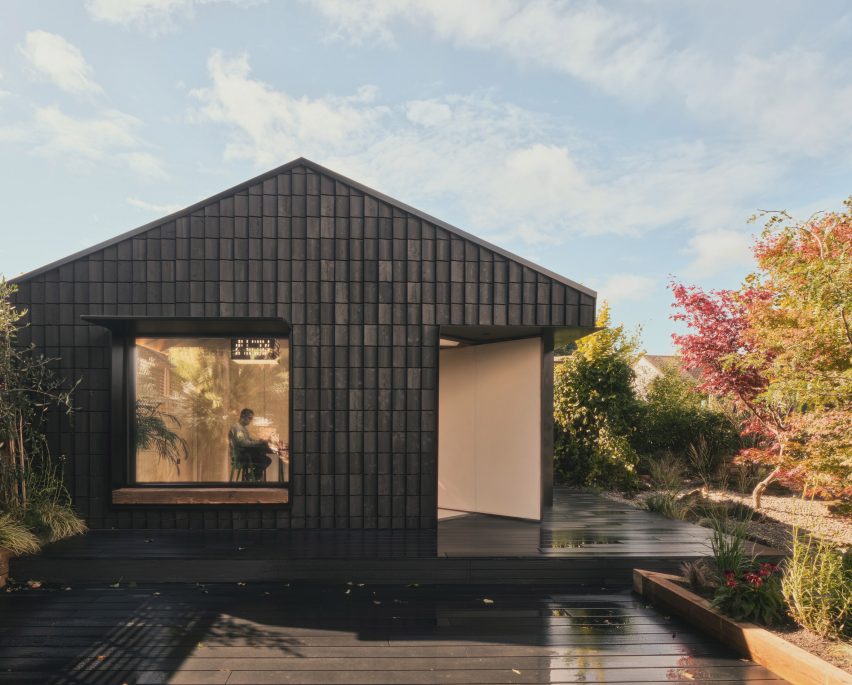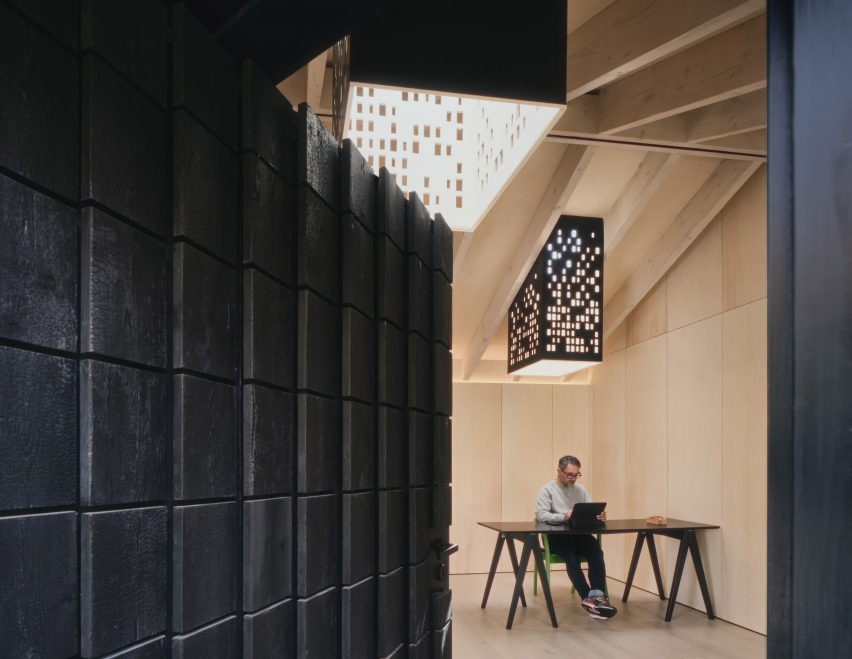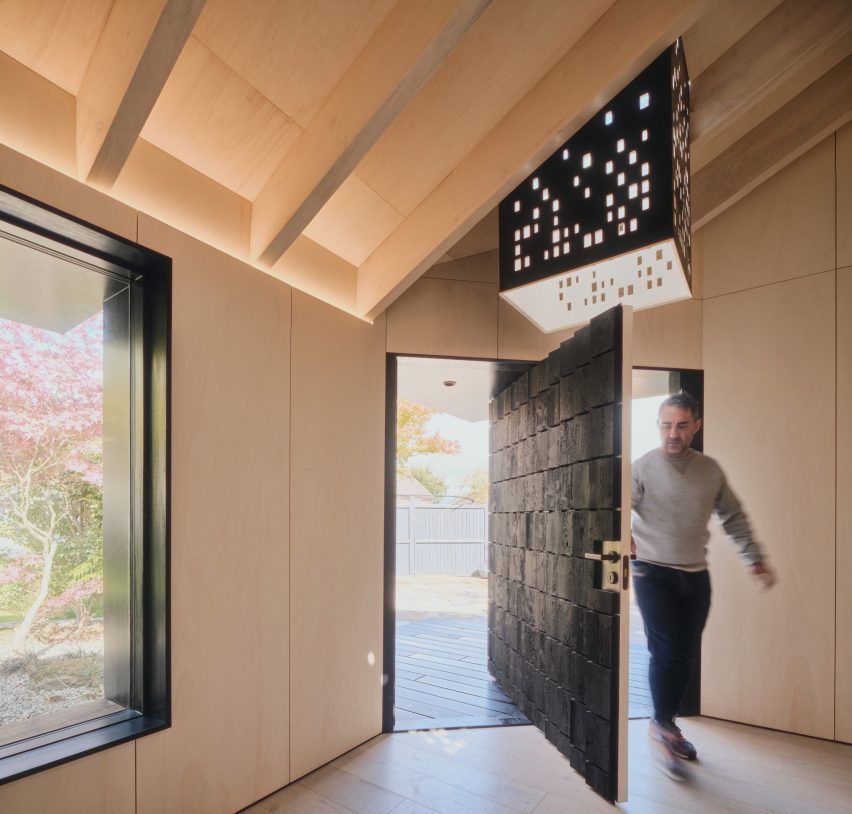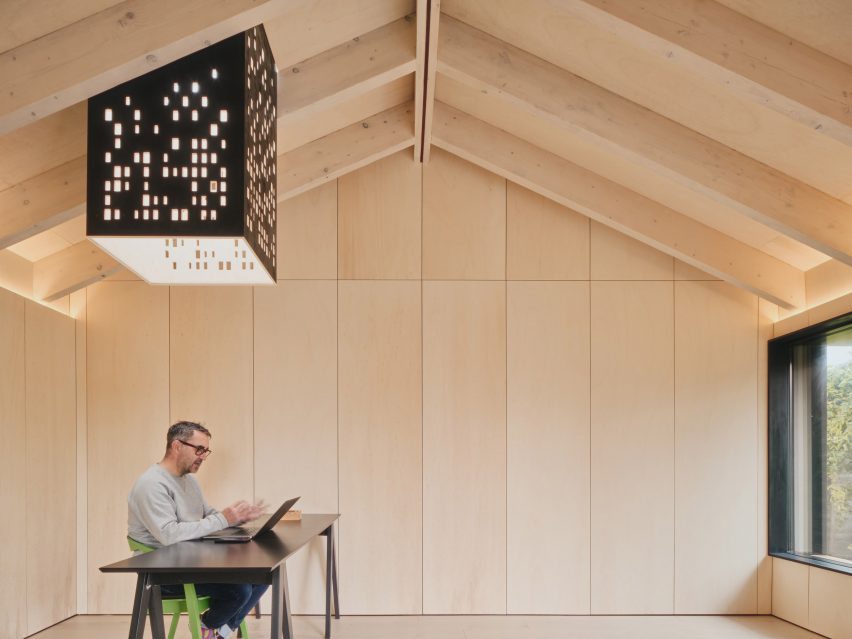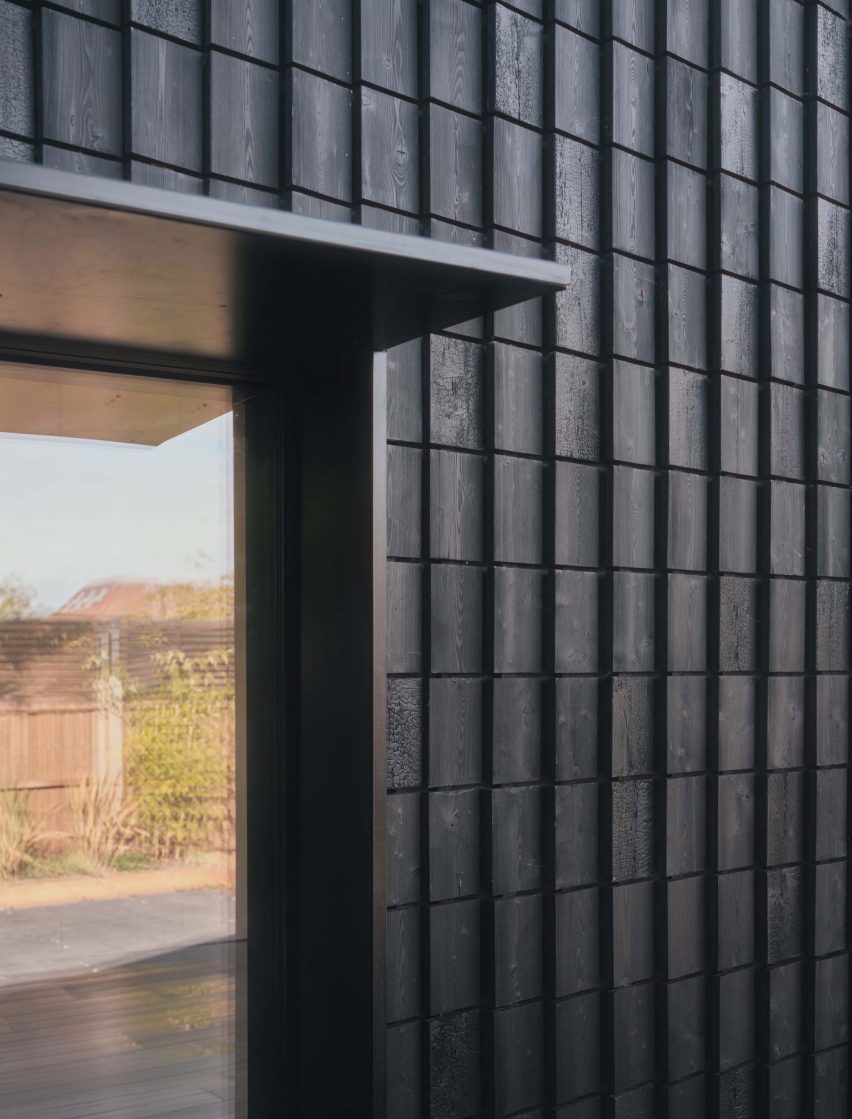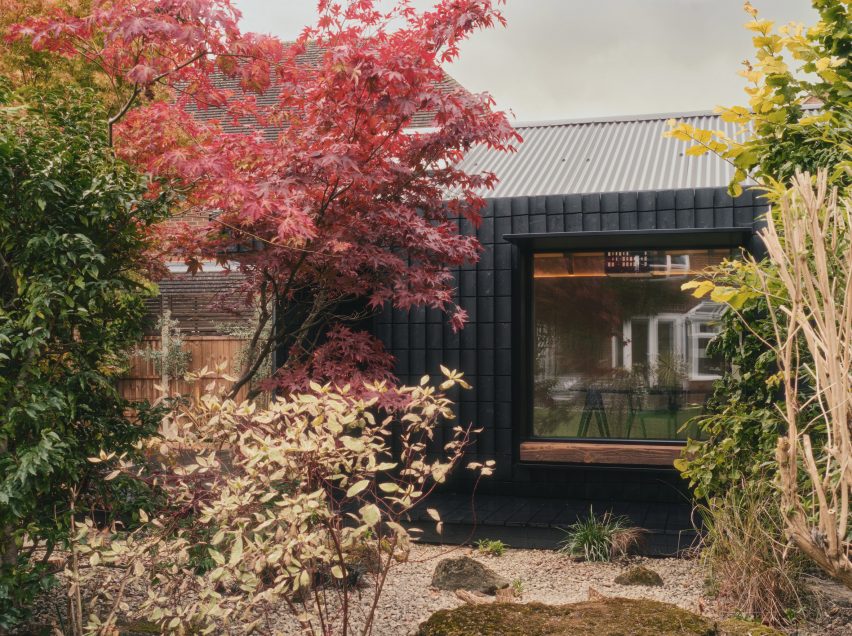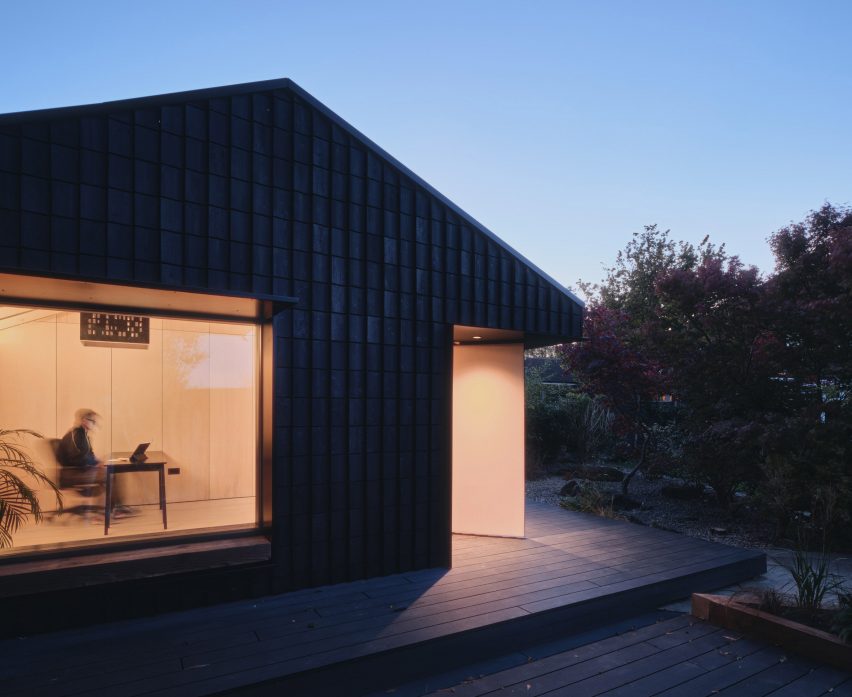Matter designs recyclable plastic-free remembrance poppy
Design consultancy Matter has redesigned the Royal British Legion remembrance poppy to be created entirely of paper made from coffee cup waste and recycled wood fibres, the first change in the flower’s design for 28 years.
According to Matter, the paper poppy will reduce carbon emissions by 40 per cent compared to the previous design, which had a paper leaf and petals held in place by a plastic stem and black circular centre.

Matter’s redesign aims to remain true to the original recognisable poppy but replaces all plastic elements with paper. The entire poppy can be recycled at home via household recycling collections.
It has been designed to be produced on a high-speed assembly line without the need for adhesives, with crease details on the paper’s surface that help to give the poppy a 3D shape.
The plastic-free poppy can be fastened by a pin or inserted into button holes and aims to encourage more people to support this year’s Poppy Appeal, an annual charity campaign organised by the Royal British Legion that raises money for veterans and their families experiencing injury, hardship or bereavement.
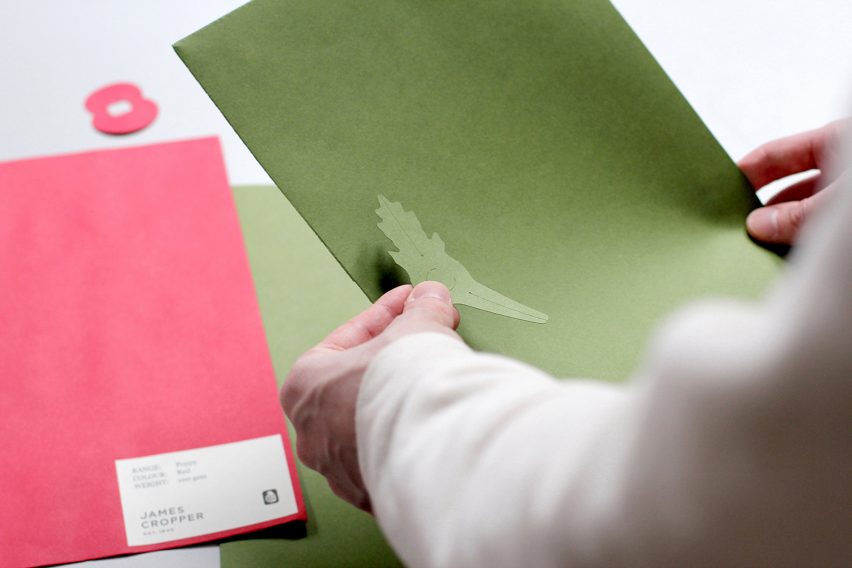
It will be available alongside remaining stocks of the previous poppy in the lead-up to Remembrance Day on 11 November.
“We didn’t want to simply reduce single-use plastic but to eliminate it completely, and we didn’t want to replace plastic parts with expensive and complicated bio-based plastics,” said Matter director John Macdonald.
“Paper offered a single-material solution that could be easily recycled, as well as offering a bold, elegant approach for the next generation of poppies.”
Matter created the poppy in collaboration with paper manufacturer James Cropper, which has made the paper for remembrance poppies since 1978.
James Cropper developed two bespoke papers for the new design, Poppy Green and Poppy Red, made from a combination of 50 per cent recycled fibres from the production of coffee cups and 50 per cent from recycled wood fibre.
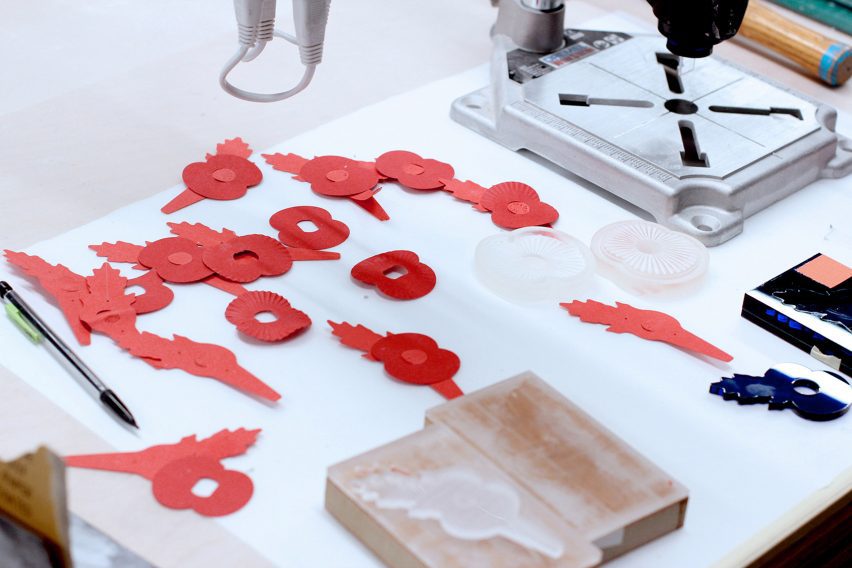
“We’re proud to have designed a plastic-free poppy that will enable people to show their support for our Armed Forces community in a more sustainable way,” said Gary Ryan, executive director at The Royal British Legion.
“Matter has played a fundamental role in reducing the environmental impact of the new poppy whilst maintaining the iconic poppy design that the public can wear with pride.”
Earlier this year, former Apple designer Jony Ive revealed his redesign of the Red Nose Day nose for UK charity Comic Relief, which saw the iconic clown-style nose reimagined as a foldable paper sphere. In Australia, start-up Hoopsy has created a pregnancy test made from 99 per cent paper.
The photography is courtesy of Matter.


